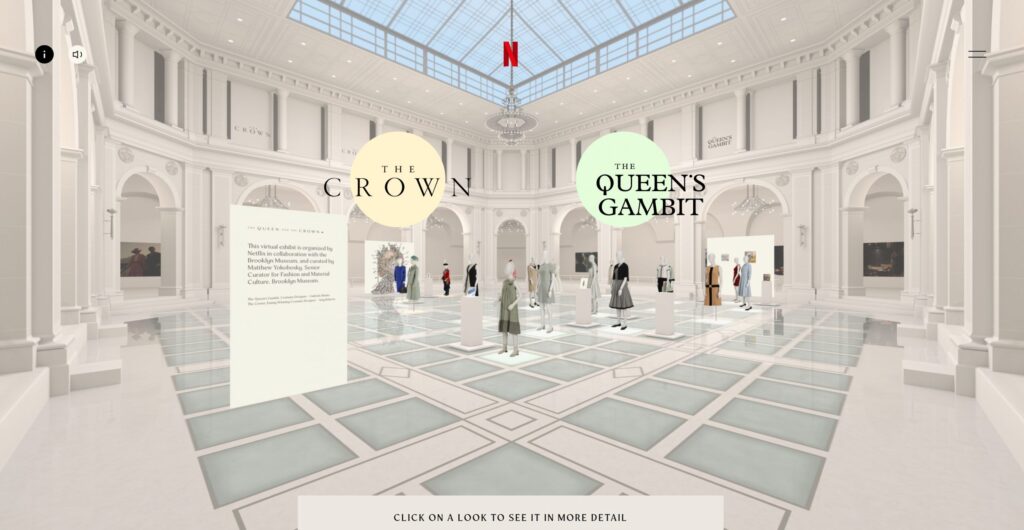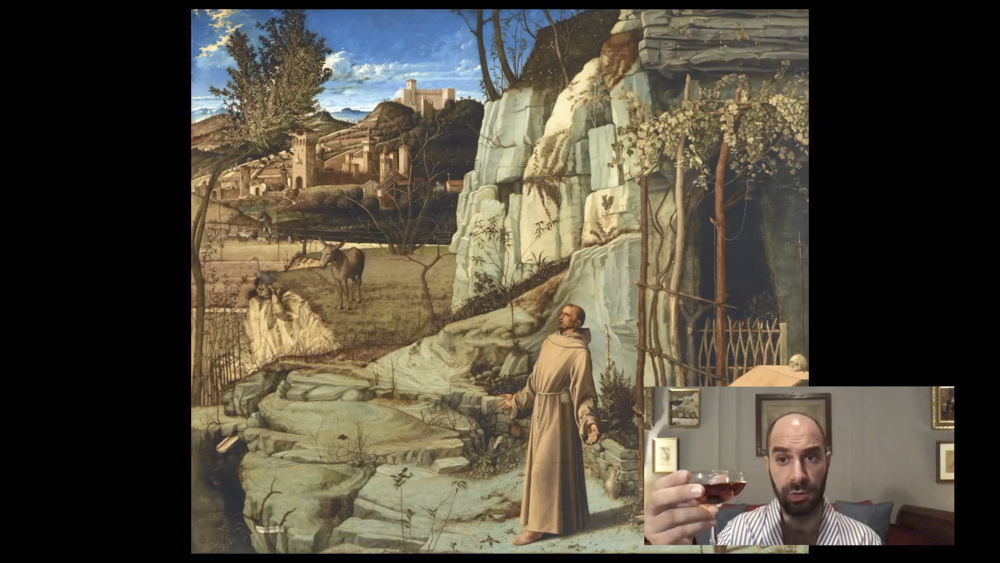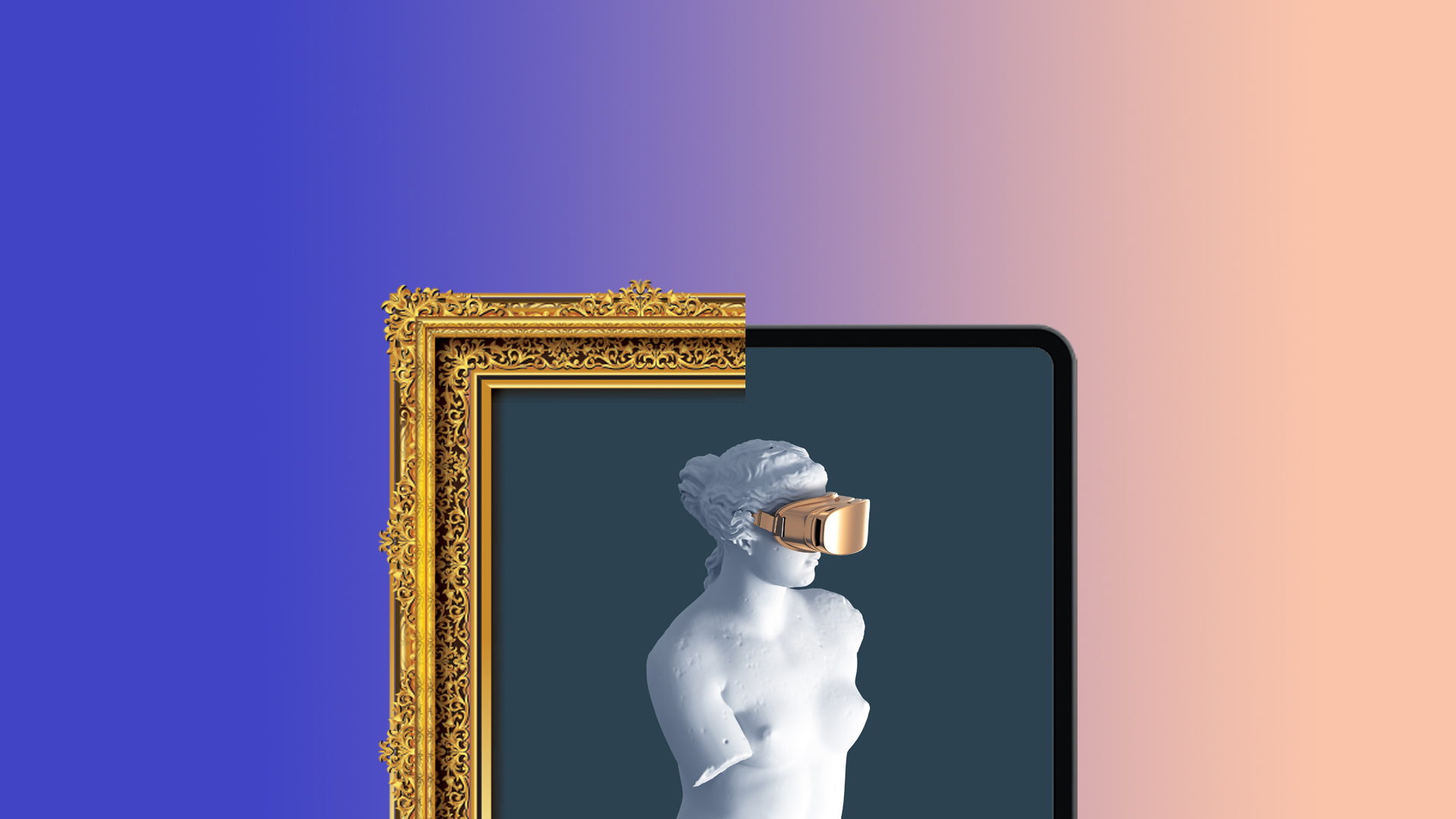When museums in the United States and Europe closed their doors last spring to halt the spread of Covid-19, they quickly pivoted to digital content, creating programming that could reach audiences in a locked-down, socially distanced world.
Now, after reopening with reduced foot traffic in the summer and fall, many museums are once again facing closure as Covid-19 caseloads surge.
On October 30, the Louvre closed until December 1. The British Museum and other U.K. museums closed on November 4, also hoping to reopen in early December. The Art Institute of Chicago closed indefinitely on November 18. In Washington, DC, the National Gallery of Art closed on November 21, and the Smithsonian museums followed on November 23. Closures around the U.S. are likely to continue.
The pandemic has dramatically accelerated Western museums’ engagement with digital platforms, programming, and possibilities, and that trend is likely to continue in the months ahead. Here are three key takeaways based on museums’ experiences this year.
Virtual and in-person programs are not an either-or proposition
From March to June, while the Metropolitan Museum of Art was closed to visitors, its virtual programming reached 2 million people, said Inka Drogemuller, deputy director of digital and education at the museum. During that time, the Met had 5.1 million views of its YouTube content, a 127% increase for this period year-on-year.
As the Met plans for the future, it is “looking for a hybrid of in-person programming and virtual opportunities,” Drogemuller said, rather than moving away from digital. For instance, she said, it could make sense for the museum to continue to present its MetLiveArts program online. “Our Labyrinth,” a MetLiveArts collaboration between artist Lee Mingwei and dancer/choreographer Bill T. Jones, was performed live, but for an online audience. Streamed over a three-week period this past fall, the performance was paired with a Mandarin-language online program to maximize its reach with international audiences.
The Peabody Essex Museum (PEM) in Salem, Massachusetts reopened in July, but since September it has been staging the openings of its in-person exhibitions online. Digital opening events include livestream gallery tours, lectures, and breakout sessions for small-group Q&As with curators.
The Brooklyn Museum has reopened to visitors, but along with its in-person shows it’s hosting a digital exhibition. Presented in collaboration with Netflix, “The Queen and The Crown: A Virtual Exhibition of Costumes from ‘The Queen’s Gambit’ and ‘The Crown’” runs through December 13 on the museum’s website.

The interactive 360-degree virtual experience created by the Brooklyn Museum offers a closer look at the costume design of Netflix’s upcoming seasons of The Queen’s Gambit and The Crown. Image: thequeenandthecrown.com.
The show is almost like visiting an exhibition in a video game, moving through 3-D renderings of the museum’s façade and gallery spaces to check out fashion from the two shows, paired with pieces from the museum’s collection, viewable from 360 degrees. The soundtrack of ambient museum background noise is missing only the online viewer’s footsteps.
When museums are closed, virtual programs continue to build audiences
The Whitney Museum of American Art in New York has averaged more than three times as many attendees for its ongoing “Art History from Home” program and “Whitney Screens” series, which ran from April through July, as would have fit into the museum’s theater. It also had over 1,000 participants for its “Artmaking from Home: DIY Pottery” class in May (compared to an in-person attendance of 25 participants for a pottery workshop held in the museum art space in February).
“Being able to give access to our extraordinary team of educators and works from the collection at that scale is an opportunity that’s unique to the digital space,” a museum spokesperson said.
The Frick Collection in New York was a digital early adopter, hosting online exhibition tours since 1998. The museum is in the unique position of having planned for a closure, as it was already set to temporarily move out of its Fifth Avenue mansion for a major renovation. But the museum created its weekly Friday-afternoon “Cocktails with a Curator” program specifically for lockdown life, in which people miss going out with friends, said Xavier F. Salomon, the museum’s Deputy Director and Chief Curator.

St. Francis in the Desert by Giovanni Bellini in “Cocktails with a Curator”. Courtesy of the Frick Collection.
In these brief livestreamed videos, Salomon or fellow curator Aimee Ng speaks casually from their home, cocktail in hand, about a work in the collection. The Frick posts a drink suggestion ahead of the event so that it becomes a celebratory gathering, allowing the museum to “get into people’s homes in a way that is intelligent, interesting, open-minded and friendly,” Salomon said.
Around 1,500 people usually join in the live presentation of the cocktail events, which also can be accessed later on YouTube. While the Frick’s typical lecture videos before the pandemic might average around 400 views, “Cocktails with a Curator’s” first and most popular episode, presenting Bellini’s “St. Francis in the Desert,” has garnered more than 56,000 views to date. Some 30 episodes in, the series had had close to 800,000 views.
There have been more than 1.2 million views across all of the Frick’s recent digital programming as of the end of October—a figure Salomon contrasts with the museum’s average annual attendance of 250,000. He says that the Frick is likely to wrap up the “Cocktails with a Curator” series in the next few months—in time for the opening of the museum’s new temporary home, in the former Whitney Museum building on upper Madison Avenue, planned for early 2021.
Virtual audiences can be global, but they can also be hyper-local
Salomon said the Frick’s digital pandemic programming has proven that the museum can reach international audiences, including viewers in New Zealand, South Africa, and Argentina. But “we were thinking very much of a more local audience” for “Cocktails with a Curator,” he said, and 27% of its viewers have been from New York.
The Peabody Essex Museum has moved PEM Pals, a beloved weekly workshop for small children, online. “We heard from so many parents and caretakers who were grateful to have the friendly and familiar host, Ms. Bethany, continue to bring singing, reading, and art-making into their lives on a regular basis,” said the museum’s chief marketing officer, Derek O’Brien. PEM Pals online receives two to three times as many “visitors” as its usual in-person average of 20 or so participants.
On the West Coast, the de Young Museum in San Francisco is currently showing “The de Young Open,” an in-person, salon-style exhibition of 880 works from Bay Area artists, chosen from 11,500 online submissions. The exhibition includes a digital selling platform, where visitors can directly connect with artists to purchase the works.
Beyond the numbers, museums say that digital programming during the pandemic has reminded them of their raison d’être: to use art to better people’s lives. As Drogemuller put it, “There is a real craving for art and performance during this period.”



